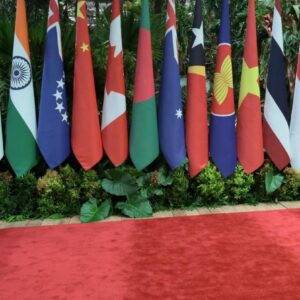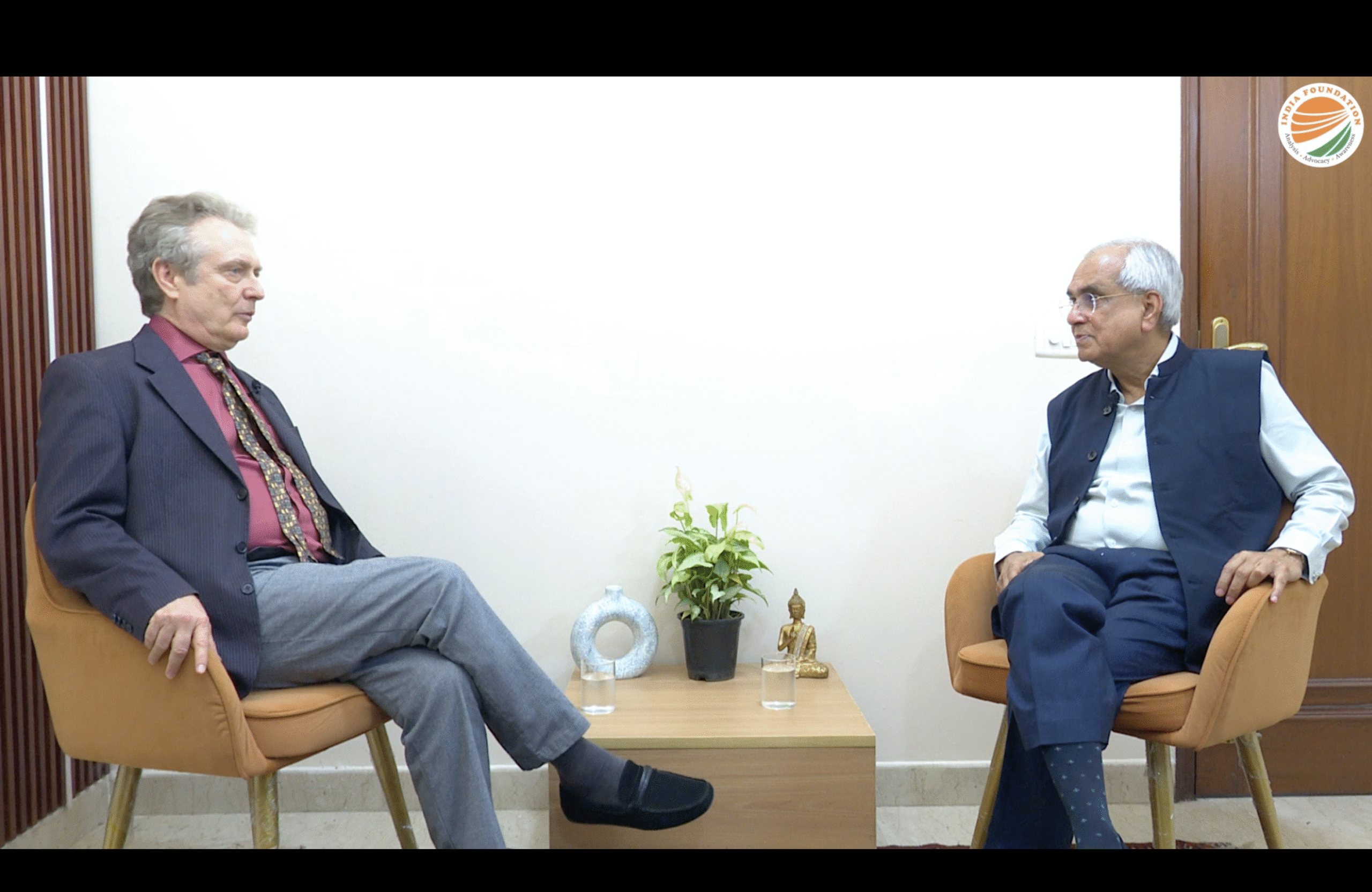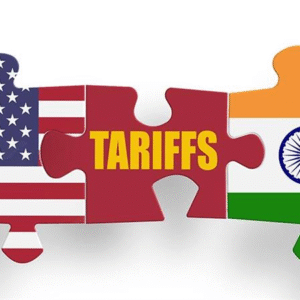~ By Shubhrastha
Gateway to the seven sisters of India and an integral part of the northeast imagination of India, Assam also shares international boundaries with Bangladesh and Bhutan. Connected with the Indian mainland through a chicken-neck corridor, immediately linked with West Bengal, Assam is home to more than 50 tribes and communities. Distinguished from each other by conspicuously stark cultures, traditions, sartorial choices, cuisines, languages, consciousness and, therefore, identities, Assam is marked by cultural, national, poetic and political complexities of a unique order; which is why many scholars have described the state as the microcosm of India.
Geopolitically and culturally, Assam has to be studied as three distinct and separate, yet connected entities. The Upper Assam and Lower Assam in the Brahamputra valley and the Barak valley are identified with unique set of issues commensurate with distinctive geographical components and demographic concerns. The intricate relationships between the multiethnic, polyglottic, and different socio-cultural commitments of the tribes like the Mishing, the Bodos, the Deoris, the Rabhas, the Tiwas, the Ahoms, the Khamtis, the Sonowal Kacharis, the Phakials, the Dimasa Kacharis, the Karbis, the Koch Rajbangshis, the Barmans, the Hmars, the Kukis, the Rengma Nagas, the Zeme Nagas, the Hajongs, the Garos, the Khasis, the Jaintias, the Mechs, the Motoks and the Morans among the many other demographic groups like the Bengalis, the Marwaris, the tea plantation laborers, indigenous Muslims, Christians etc. have given a complex comity to the idea of identity for and in Assam.
On the one hand, there is a constant need to engage with the question ‘who is an Axomiya (Assamese)’ – punctuated by which the state has seen various articulations reverberating throughout the length and breadth of Assam. One the other hand, there is a thread of a quite strong regional, or in the words of scholars, ‘subnational’, sentiment running deep into the veins and sinews of Assam. Additionally, as if to legitimize and contain what Kramer and Nicolescu call the ‘historical-contemporary’ and ‘conflictive-cooperative’ relations between communities in Assam, the Indian constitution stands out as a distinct consciousness of the political reality in Assam. It is necessary, therefore, that in order to contextualize Assam as a subtext of the Indian national consciousness, one negotiates with the twin realities of conflict and identity in the state.
Conflict and Identity in Assam
The Battle of Saraighat in 1671 and the Battle of Itakhuli in 1682 alongside the other battles beginning 1615, fought between the Mughals and the Ahoms were decisive battles that are etched in the historical and national consciousness of Assam. The historical legend of Lachit Borphukan, for instance, defines the heritage of Assamese pride and identity. The legend carries on to this day and is used in explaining many of the contemporary political idioms and historical phenomena against the backdrop of indigenous pride overcoming external aggression.
The Peace Treaty of Yandaboo signed between the British General Sir Archibald Campbell and the Governor of Legaing from the Burmese side, Maha Min Hla Kyaw Htin, in 1826, ended the First Anglo-Burmese War – the most expensive war in the British Indian history and initiated the British rule in Assam. Thereby, not even two years passed, when in 1828, the first revolt against this external aggression by the British was initiated by the duo Dhananjay Borgohain and Gunadhar Konwar. Thereafter, many local leaders like Maniram Dewan, Piyoli Baruah, Anandaram Dhekial Phukan, Hem Chandra Baruah, Gunabhiram Baruah, Kanak Lata Baruah, Kushal Konwar, Kamala Miri, Bhogeshwari Phukanani among many others carried on their constant struggle for freedom, contributing a significant sacrifice in the national movement, till India achieved independence in 1947. The pride and glory of Assam’s contribution in building the Indian nation state carried on the rich legacy of the state.
In contrast, during the Sino-India war, in 1962, following the fall of Bomdila, Jawaharlal Nehru, the then Prime Minister of India, as if in a gesture of fatigue and helplessness, announced, “my heart goes out to the people of Assam.” The hurt and pain it caused the people of Assam pulsates even to this day and festers the wound the episode inflicted upon the Assamese pride.
As if in continuation of the solidarity with the people of Assam against the feeling of dejection, hurt and pain by this dereliction and negligence in preserving and protecting what is the homeland of many an Assamese population, the Assam Agitation between 1979 and 1985, till this date, stands as a representation of the reason behind the inimical discontent Assam feels with respect to the rest of the country.
United Liberation Front of Assam (ULFA) in its ideological justification, interprets the Treaty of Yandabo as an understanding between the British India and Burma that dissolved the independence of Assam. The militant and radical stream of this consciousness integral to the ULFA seeks to restore that ‘lost independence.’
If one were to put these historical frames as a backdrop for the larger picture Assam paints for the rest of the world, one might find the deconstruction of the identity of Assam interesting. Drawing from what Jacques Lacan articulates in his psychoanalytic reference to a ‘mirror stage’, borrowing heavily from Sigmund Freud, one may infer that the identity of the Assamese self has been built as a result of the conflict between its visual appearance, as it came down to the imagination via mythical legends and articulations, and one’s emotional experience, as the temporal realities and episodes of history unfolded. This conflictual relationship of the dual relationship with the ‘imagined community’, in the words of Benedict Anderson, and the circumstantial realization is what punctuates Assam’s selfhood. As if to summarize the situation of identity with respect to Assam, one can use the words of Richard D Parker who says, “The need to assert an identity is mediated by a history of conflict and aspersion.”
Ethnic Aspirations and National Politics
Pierre Bourdieu defines reality as the site where a permanent struggle to define reality takes place. He says that struggles for nationhood are ‘struggles over classification’ and articulates that political realpolitik with long term articulation of politics, therefore, must include in its notion “the struggle over representations.” This theoretical premise might help to observe Assam’s aspirational subnational consciousness in the overall context of Indian nationalism.
Benedict Anderson argues that nation states have been insufficiently imagined giving most nations a restive situation. The colonists – British, Portuguese, French – all left their colonies at the mercy of the still forming definition of nation state and nationalism. More than 545 smaller entities with unique imaginations, aspirations and goals were tactfully, politically, negotiably and/or through direct action stitched together to build a politically unified nation as it stands today.
In his book ‘India Against Itself – Assam and the Politics of Nationality’, Sanjib Baruah says, “…subnational movements, and the exacerbation of these conflicts has often been the result of political mismanagement by those acting with the authority of the state.”
In the process of consolidating the national identity and form, the many subnational questions were either buried or ignored for the time being. The many subnational undercurrents fueled by subliminal faiths, questions, concerns, aspirations, unease, temporary arrangements and suppressed articulations merely muted themselves till the time the discontent was strategically prudent and communicatively consistent. The articulations of the ULFA and the NDBF are cases in point.
However, it is prudent to see that all the regional parties or factions or groups or political constitutions in Assam, today, are but a more realistic portrayal of what the national super text provides to its subnations. In that respect, whatever the ‘Imagined Community’ of these countercurrents, the subnational political mobilization in Assam is inspired, animated and mediated by the Indian constitution, laws, public philosophy and political processes. The fact also is that the pattern of politicization and mobilization that meets some of the criteria of nationalism is not committed to the idea of a separate statehood. In fact, these subnationalisms stand in a dialogical relationship with pan-Indian politics.
The state elections in Assam this time, in April 2016, saw more than 82 per cent turn out of voters. In fact, over the last few decades, the voter turn out in Assam has been, by far, the best record in the country. If one were to seriously consider the subnational narratives of self determination, as articulated by the so called ethnic wings and factions, the consensus seem to emerge on identifying the nation over any other concern.
It is interesting to read Ernest Gellner here who opines that nationalism and subnationalisms are “the crystallization of new units…admittedly using as their raw material the cultural, historical, and other inheritances from the pre-nationalist past.” Almost similar is Antonio Gramsci’s articulation that the politics of subnationalism is absorbed in the theoretical space of civil rather than political society.
Therefore, one can believe in Robert Fossaert, when he says that civil society is not a set of institutions but as a “society in its relation with the state…in so far as it is in confrontation with the State”, a society which resists and counteracts the “simultaneous totalization unleashed by the State”, to the extent where we agree to simultaneously understand that the theoretical comprehension and exegesis of these subnational texts are dependent on and dedicated to the overarching concept of a national super text.
Margins to Mainstreaming Assam
The current government in India draws from the ideological premise of ‘India First’ and symbolically recognizes the Indian Constitution as the ‘religious text of the nation’. Assam is the prime focus area within the government’s stated and emphasized ‘Act East Policy’ because of its geo-political significance and strategic location. However, it is also true that going by the statistical and developmental analyses of the state, the past few decades have not been quite assuring.
Out of the 69 years post independence, Congress ruled Assam for more than 50 years. For the first time, Congress was ousted from Dispur when the AGP formed the government in 1985. Subsequently, AGP also ruled the state for another term from 1996 to 2001. Therefore, from 1980s onwards, politics in Assam revolved primarily around these two parties. The Communists and the vestiges of the Janata Party remained only marginal players in Assamese politics.
For the first time in 1991, BJP rose in Assam with a slim representation of 10 seats mostly in the Barak Valley – the victory attributed to ‘Ram Mandir wave’ by some political analysts. In 2001 and 2006, the BJP spread gradually in Upper Assam and the north bank of the Brahmaputra. In 2011, BJP was ousted from the Barak Valley but spread to lower and central Assam. In 2014, seven out of the 14 Loksabha seats were picked up the BJP, riding on the Modi wave.
It is interesting to observe this trajectory because in the political statements that the people of Assam have been pronouncing since 1991, the Axomiya sentiment in Assam, though, reverberates on the surface but the larger pan-India issues like poverty, unemployment and development have gradually gained primacy. It is within this super text that Assam politics has redefined and reconstructed itself.
The gradual but definite move from regional issues to national aspirations is a movement towards relying on a larger developmental agenda and coopting governance concerns for better livelihoods. With this movement of an Axamiya articulation of mere cultural mores to a more universal negotiation with common problems like poverty, malnutrition, equality, uneven development, Assam has made a definite stride towards achieving the national targets.
According to Sanjib Baruah, “Today we need a different kind of morality to accommodate a historical understanding of the nation state system and the logic of new nationalisms in some areas of the world and of subnational politics in many more or less stable ‘nation states’.” The politics of Assam, like most other politics of identity, lie in the real or imagined homelands of the articulators.
Pan-Indian political community – an Indic community – is in fact a poetic construction of a homeland – a sole repository of collective memories and dreams of all Indians. Primal, homelike, or a sacred space that transforms people into a collective with shared origins and kinship, this Indic articulation of a united, organic whole is what perhaps Hegel theorized on. Through the lens of Hegel’s idea of ‘totality’, which preserves within it each of the various stages and ideas that it has overcome or subsumed, one can look at the Indic nation state as a more organic phenomenon of coopting subnational divisions into the national Indic consciousness.
Therefore, what is unique is that while thesubnational movement in Assam, like the rest of India, was inspired by the Western concept of nationalism, it was in practice, efforts to construct a state that was, by and large, the opposite of “ethnically and linguistically homogenous entities” – cohering and making sense of the larger ideas of development, health, education among many others.
The leitmotif of identity politics has always been empowerment. In a post liberalized, postmodern Indian consciousness, Assam, like many other Indian states, is grappling with issues of conflict. Hinging on the super text of an ideology that is committed to the sole concerns of swift and all round development, the empowered national rhetoric of unity in diversity is very succinctly reflected in Assam at the cultural cusp of Shankar-Azan’s teachings.
The author is a Socio-Political consultant and freelance writer.
(This article appeared in India Foundation Journal, January-April 2016 issue.)



